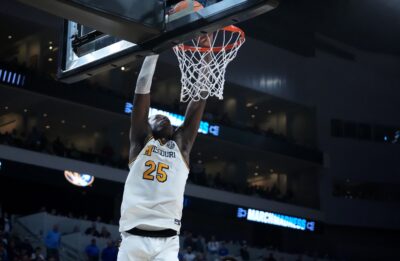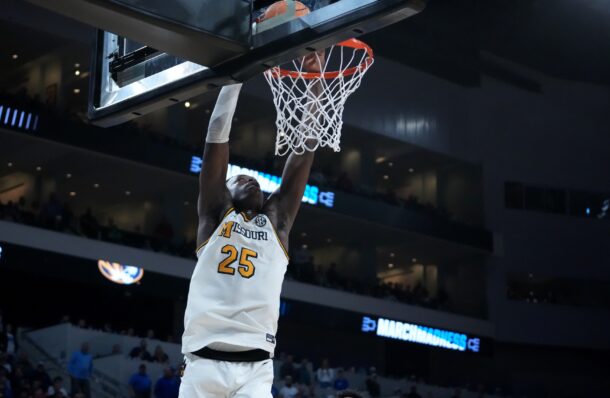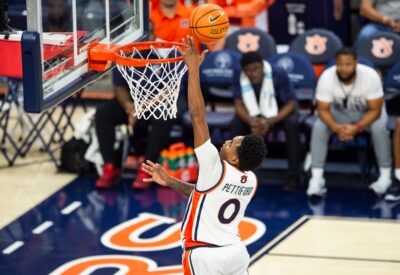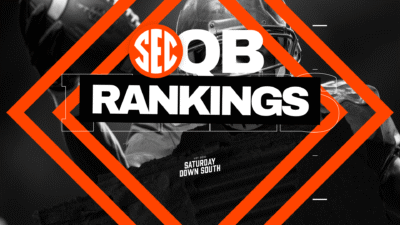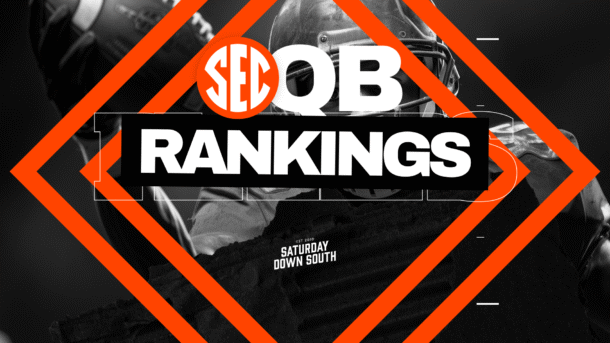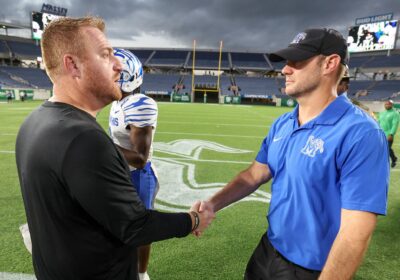Sometimes, as in the case of the 2024 competition between Travis Hunter and Ashton Jeanty, the race to win the Heisman Trophy is as close and competitive as a game whose outcome isn’t decided until the final seconds tick off the clock.
But there have been just as many instances in which one player was so dominant or received so much hype that like a game that’s been all but decided by the start of the fourth quarter, the competition becomes a formality.
Widest Heisman Trophy Winning Margins
These 5 Heisman races are the most one-sided in the 89-year history of college football’s most prestigious individual award.
1991 – Desmond Howard/Casey Weldon, 1,574 points
Howard was already on his way to the Heisman before leading his Michigan Wolverines into their regular-season finale against Ohio State. His 93-yard punt return touchdown against the Buckeyes, punctuated by his iconic Heisman stiff-arm pose in the end zone, turned the competition into a rout. Howard picked up 640 first-place votes and 2,077 points to easily lap Florida State quarterback Weldon and the rest of the field. Howard earned his decisive margin with more than just optics. He led the Big 10 in receptions and receiving yards, averaged 13.8 yards per rush while scoring 3 more times while leading the nation in both kickoff and punt returns.
1993 – Charlie Ward/Heath Shuler, 1,622 points
Had Marshall Faulk played for a ranked power conference team, the 1993 vote might have been a lot closer. But because he played for a .500 San Diego State team, his 1,530 yards and 21 touchdowns only gained him enough attention to finish fourth. That left the Heisman to be decided between 2 high-profile quarterbacks. And the difference between their stats (3,032 yards, 27 touchdowns for Florida State;s Ward, 2,354 yards and 25 touchdowns for Tennessee’s Shuler) was reflected in the Heisman race. Ward, who went on to play professionally in the NBA instead of the NFL, garnered 801 first-place votes and 2,310 total points to easily outdistance Shuler’s totals of 688 and 10.
2006 – Troy Smith/Darren McFadden, 1,662 points
Smith benefited greatly from being the best player on the nation’s best team during the 2006 regular season. He threw for 2,542 yards and 30 touchdowns with only 6 interceptions for an Ohio State team that was ranked No. 1 from wire-to-wire and went undefeated until losing to Florida in the BCS championship game played after the voting was completed. His Heisman win wasn’t a surprise. His margin of victory over Arkansas running back McFadden and third-place finisher Brady Quinn of Notre Dame – who threw for more yards and more touchdowns – was unexpected. Smith pulled in 801 first-place votes and 2,540 points to McFadden’s 878 and 45.
1968 – OJ Simpson/Leroy Keyes, 1,750 points
It should be noted that the voting panel of 1,065 in 1968 was significantly larger than it is now, which could account at least somewhat to Simpson’s impressive vote total. Then again, his performance on the field and celebrity off it warranted such a dominant victory. The Juice wasn’t just the best player in the country. He was the most famous because of his electric running style and his catchy nickname. Simpson rushed for 1,709 yardsand 22 touchdowns for a Southern Cal team that went 9-0-1. His 841 first-place votes are still the most ever and his 1,750-point margin over Purdue running back Keyes (2,853-1,103) is still the second-largest.
2019 – Joe Burrow/Jalen Hurts, 1,846 points
Burrow was the trigger man for an LSU offense that was among the most prolific in college football history. He led the Tigers to an undefeated national championship season by throwing for 5,671 yards and 60 touchdowns with only 6 interceptions. As good as runnerup Hurts was for Oklahoma in 2019, his performance wasn’t in the same league as Burrow. And the Heisman voting reflects that disparity. Not only was Burrow’s margin of victory (2,608-944) the largest in the award’s history Burrow, so was his percentage of first-place votes cast. Burrow was listed No. 1 on 841 of the 891 ballots cast (94.3%). Ohio State defensive end Chase Young, who finished fourth overall, had the second most first-place votes with 20.
Other wide margins
- 1992 – 1,563 points. Ricky Williams (Texas) 2,355, Michael Bishop (Kansas State) 792.
- 1986 – 1,541 points. Vinny Testaverde (Miami) 2,213, Paul Palmer (Temple) 672.
- 2013 – 1,501 points. Jameis Winston (Florida State) 2,205, AJ McCarron (Alabama) 704.
- 1955 – 1,477 points. Howard “Hopalong” Cassidy (Ohio State) 2,219 points, Jim Swink (TCU) 742.
- 2021 – 1,357 points. Bryce Young (Alabama) 2,311 points, Aidan Hutchinson (Michigan) 954.
Award-winning columnist Brett Friedlander has covered the ACC and college basketball since the 1980s.

